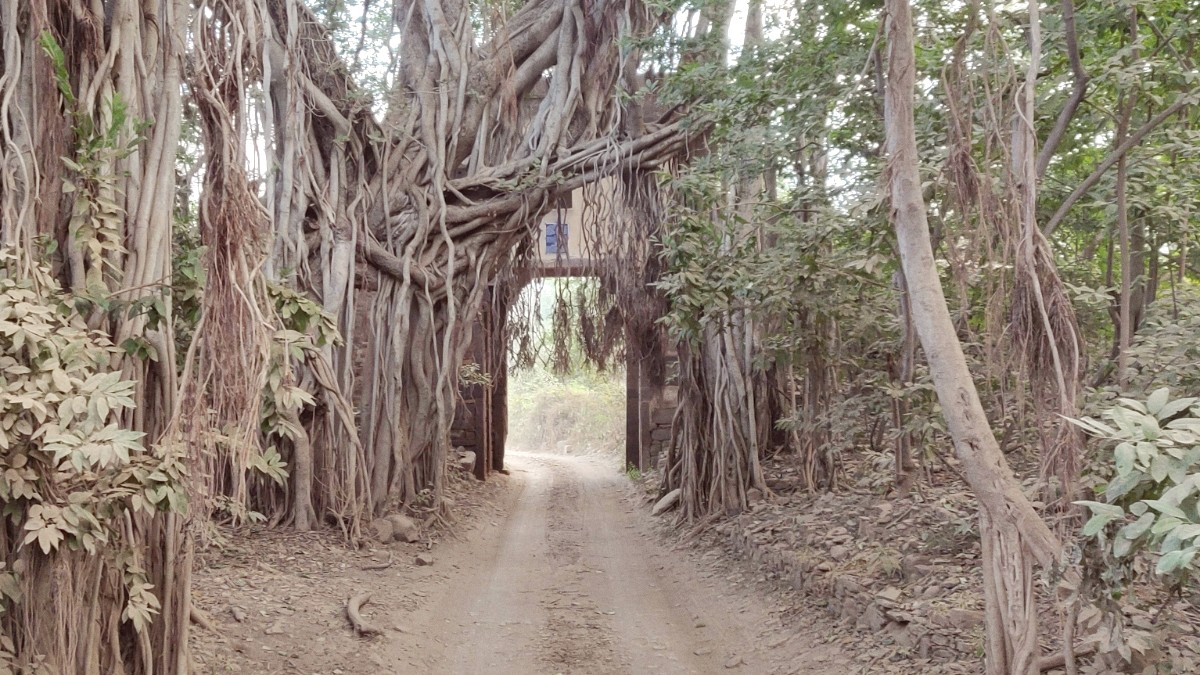
Rajasthan, India
Witnessing a majestic Bengal tiger in its natural habitat is an unparalleled and often profoundly moving experience.
The raw beauty of the Indian wilderness, the sounds of the jungle at dawn, connects you to nature in a deep way.
The ancient Ranthambore Fort within the park adds a historical dimension, creating a sense of timelessness.
Exposure to rural Rajasthani life provides insight into local traditions, agriculture, and daily routines, a contrast to urban India.
Adapting to new environments, different modes of transport, and local customs builds resilience and open-mindedness.
Commit to practices that protect Ranthambore for future generations.
Support local conservation efforts by donating to reputable NGOs or by choosing eco-conscious lodges that contribute directly to park management.
Adhere strictly to all park rules and guidelines during safaris, including no littering, no feeding animals, and maintaining silence.
Your compliance directly supports the park's integrity and the welfare of its wildlife.
Commit to minimizing your plastic use. Carry a reusable water bottle and avoid single-use plastics wherever possible.
Be mindful of water and energy consumption at your accommodation to reduce environmental impact.
Choose sustainable tour operators and accommodations with a proven commitment to environmental protection.
Respect local customs, traditions, and privacy. Always ask for permission before taking photographs of people.
Engage respectfully with local communities. Your interactions can leave a positive impression on residents.
Continue to dress modestly, especially when visiting local villages or religious sites, even after your safari experiences.
Your compliance with park rules directly supports the park's integrity and the preservation of its delicate ecosystem.
Ranthambore often serves as a gateway to further exploration of India.
If your passion for wildlife continues, explore other premier tiger reserves in India.
Explore Rajasthan's rich heritage by visiting its majestic cities.
Seek spiritual experiences in India's revered cities.
Ranthambore easily combines with the popular "Golden Triangle" circuit.
This forms a classic and comprehensive North India itinerary for those seeking a mix of culture, history, and wildlife.
The route has well-established transport links and tourist infrastructure.
It's a popular choice for first-time visitors to India. Learn travel photography on Skillshare.
Experience Ranthambore differently on a future visit.
If you visited in winter, consider returning in the hot summer months (April-June). The sparser vegetation and animal congregation around waterholes offer unique sightings.
Explore lesser-known zones within the park on a return visit, or dedicate more time to birdwatching during the winter migratory season.
Spend more time in Sawai Madhopur town on a return visit, engaging more deeply with local life and markets.
Ranthambore leaves a lasting impression.
A rare and powerful connection with the wild's top predator.
A symphony of birds and wildlife awakening.
A blend of history and nature, truly timeless.
A strong call to protect these vulnerable creatures and their habitats.
Witnessing a balanced environment in action.
A and welcoming experience with local traditions.
Ranthambore offers a deep connection to nature and a peek into India's ancient past. Depart with memories of the wild, and perhaps, a new commitment to responsible travel.